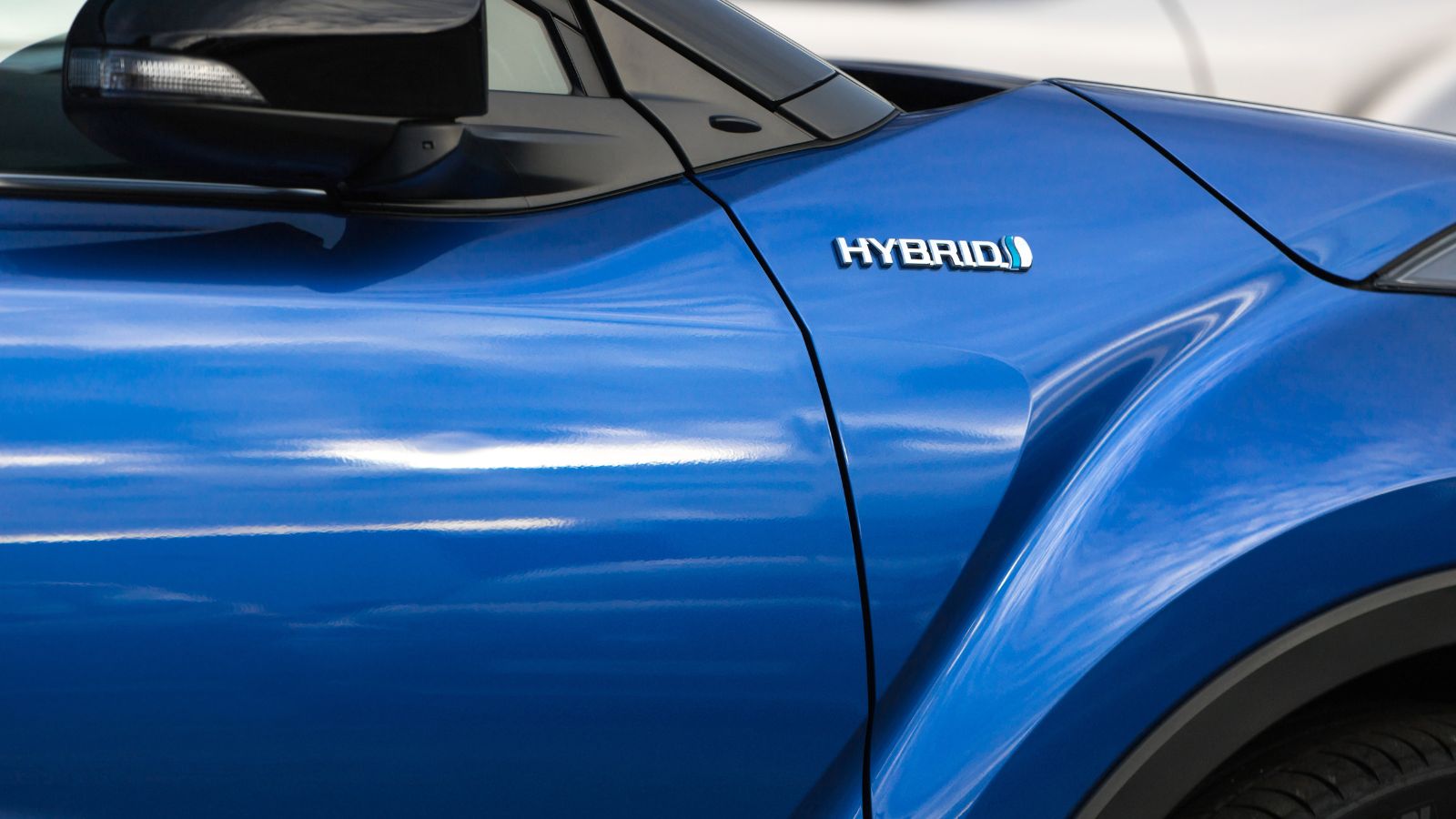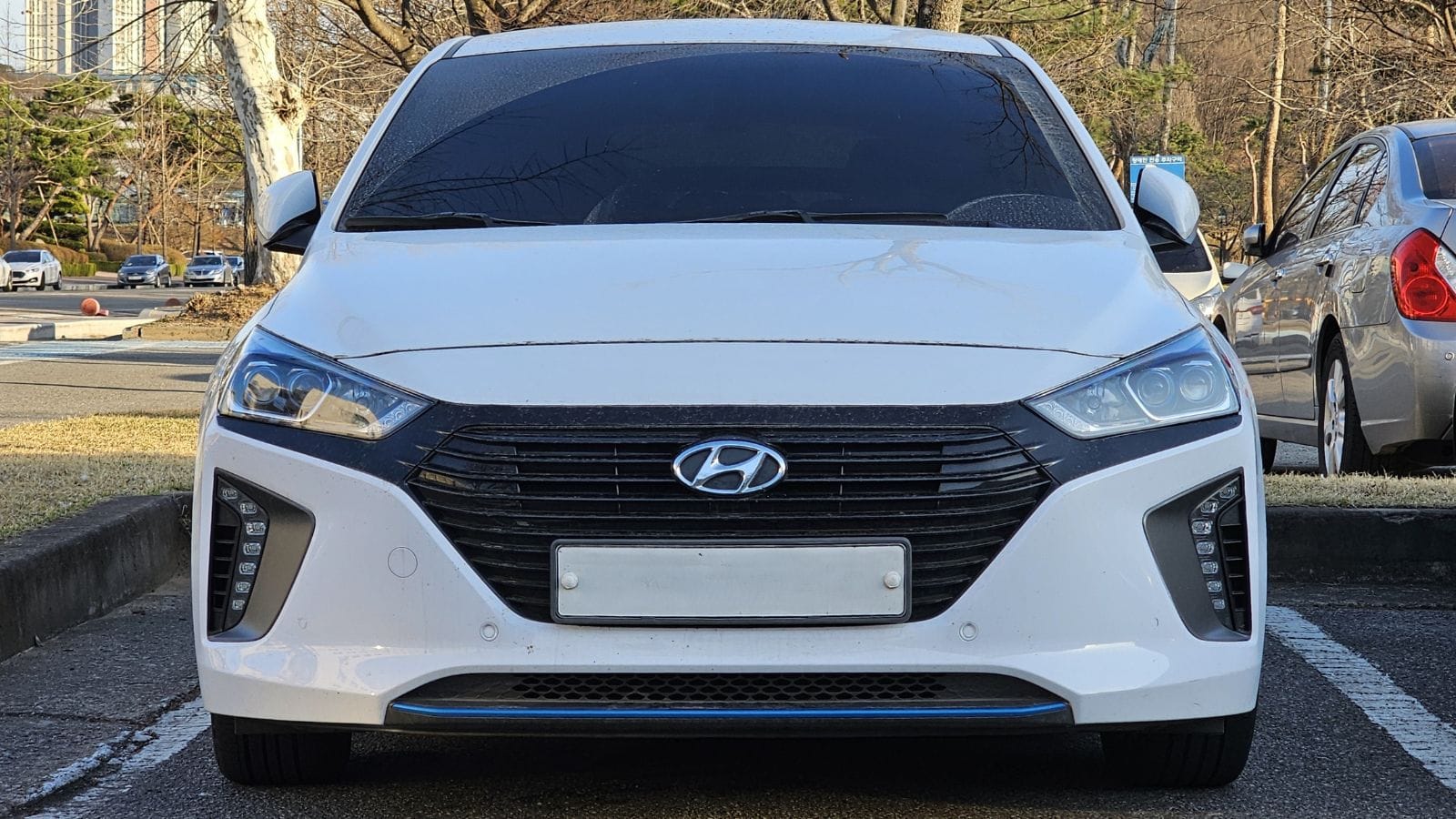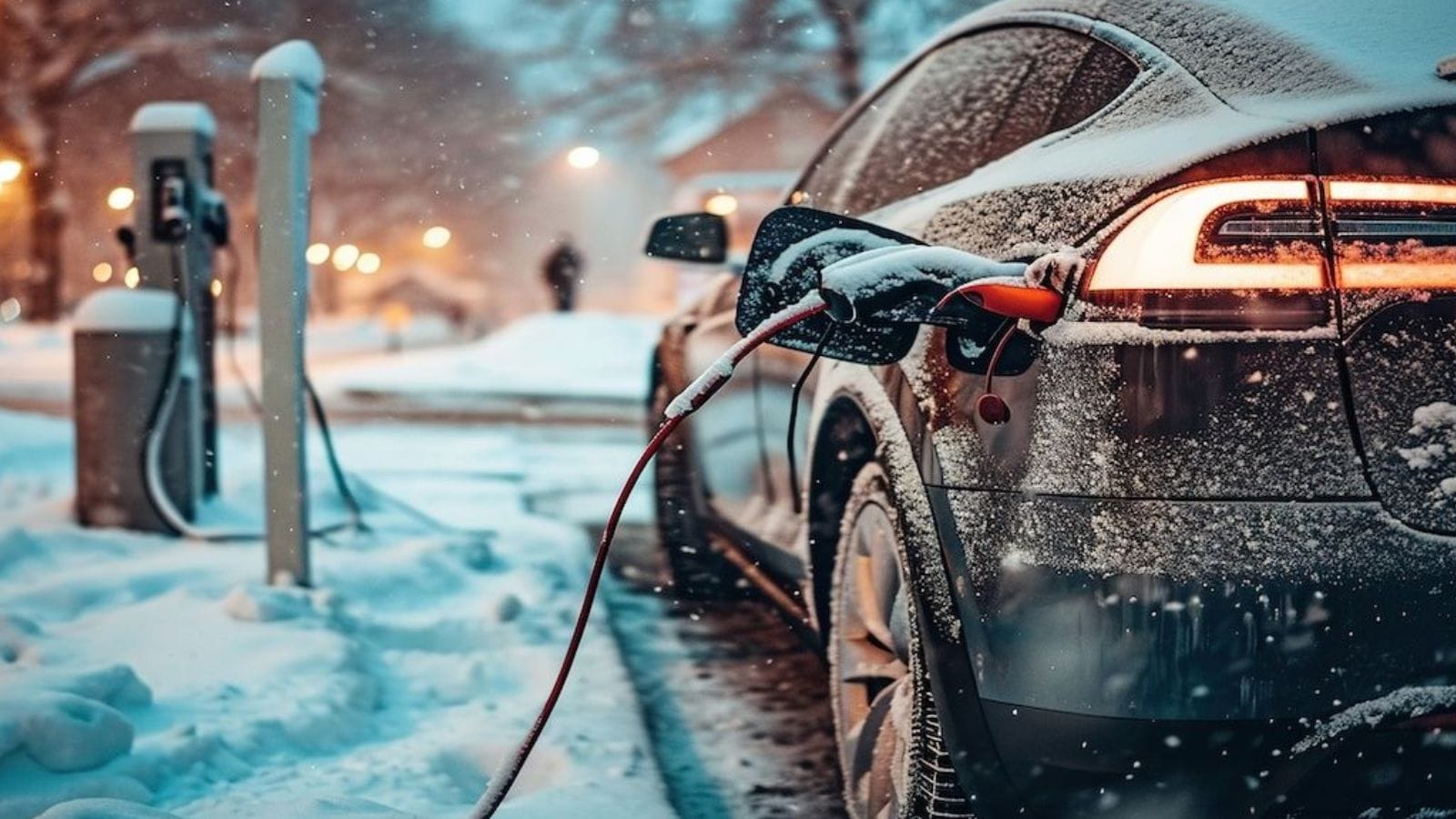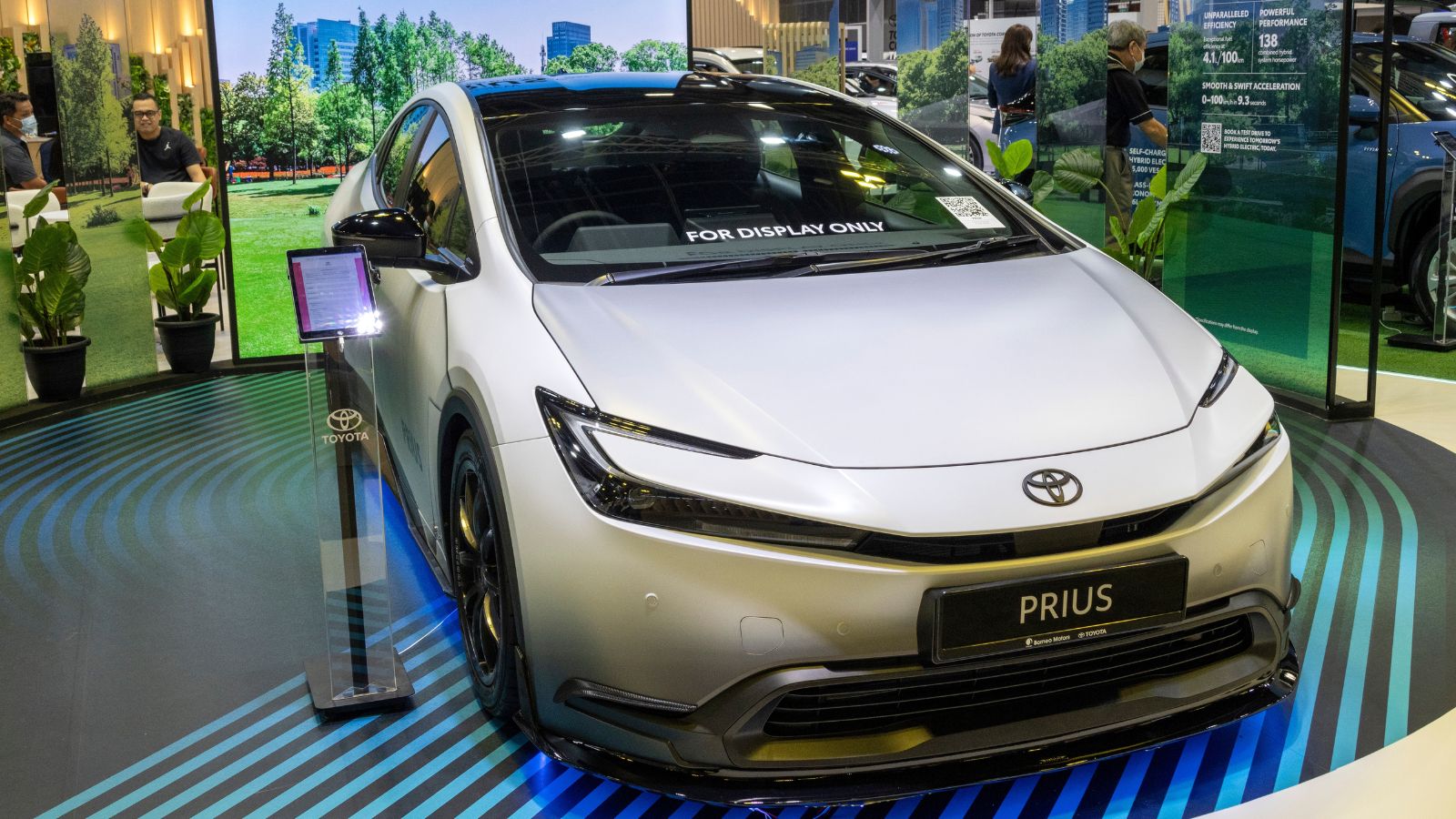The automotive world is in the middle of one of its biggest transitions since the invention of the internal combustion engine. Electric vehicles are often marketed as the ultimate answer to climate change and rising fuel prices, but they are not without their limitations. Hybrids, which combine a gasoline engine with an electric motor, have quietly built a strong case for being a more practical and realistic choice for many drivers in North America. While EVs promise a fully electric future, hybrids offer something that works seamlessly today. The question is whether hybrids are actually a better solution for most people right now than going fully electric.
The Convenience Factor

One of the main selling points of hybrids is that they do not force drivers to change their habits. Gas stations remain everywhere, and filling up takes only a few minutes. With a hybrid, you get the efficiency boost of an electric motor without having to worry about finding a charger. For buyers who live in apartments, condos, or older neighborhoods without reliable home charging, this is an important distinction. EVs are much more convenient for drivers who can plug in at home overnight, but for many, that option does not exist. Hybrids eliminate that barrier, which makes them far more accessible to the average household.
Range and Peace of Mind

Range anxiety is one of the biggest reasons drivers hesitate to buy an EV. Even with today’s best models offering 250 to 350 miles per charge, many drivers remain concerned about what happens if they cannot find a charger. Hybrids solve this problem by combining electric assist with the gasoline engine’s longer range. A hybrid sedan can easily travel 500 miles on a single tank while still delivering better efficiency than a traditional gas vehicle. Plug-in hybrids extend this advantage further by offering a short all-electric range—often between 20 and 40 miles—for daily commuting, before seamlessly switching to gasoline power for longer trips. This blend of flexibility and reassurance makes hybrids a strong choice for drivers who regularly travel long distances or live far from urban charging networks.
Cost Considerations

Another advantage hybrids have is price. EVs are still relatively expensive to buy, largely because of their costly battery packs. Incentives can help, but not all buyers qualify, and as government rebates phase out, EVs remain a significant investment. Hybrids, on the other hand, tend to cost only slightly more than their gasoline-only counterparts and often much less than comparable EVs. They offer real-world fuel savings without the high sticker price. Maintenance is also easier, since hybrids use proven gasoline technology alongside their electric components. For many families, this makes hybrids the more realistic and budget-friendly option.
Real-World Efficiency

Hybrids are particularly efficient in city driving, where frequent stops and low speeds allow the electric motor to handle much of the work. This results in fuel economy numbers that gasoline cars cannot touch. Plug-in hybrids go even further, giving drivers the ability to complete short commutes entirely on electricity, while retaining gasoline power for flexibility. EVs are highly efficient in their own right, but real-world conditions—especially cold weather—can reduce range dramatically. Hybrids are less affected by these challenges, which is why many buyers see them as the safer bet for everyday use.
Infrastructure and Transition

The truth is that North America’s infrastructure is not fully ready for an all-EV fleet. Charging stations are expanding quickly, but availability is still uneven, especially in rural areas and along less-traveled highways. Many drivers in Canada and the northern U.S. also face longer winters, where cold temperatures slow charging times and reduce battery range. Hybrids bridge this gap by providing immediate emissions reductions without relying on infrastructure that is still developing. They offer a smoother transition for both consumers and power grids, which will take years to fully adapt to the demands of mass EV adoption.
Environmental Impact

EVs produce zero tailpipe emissions, which makes them the greenest option once they are on the road. However, the environmental picture becomes more complex when you factor in battery production, which requires rare earth metals and energy-intensive processes. Hybrids, by comparison, use smaller batteries and fewer resources while still lowering emissions compared to gas-only vehicles. While EVs may have a long-term advantage, hybrids offer a more balanced impact right now by reducing emissions without the heavy resource demand of large battery packs. For buyers who care about sustainability but also about practicality, hybrids strike a middle ground.
Everyday Examples of Success

Models like the Toyota Prius, which has become almost synonymous with hybrid technology, have proven just how reliable and effective hybrids can be. Newer offerings like the Hyundai Sonata Hybrid and Honda Accord Hybrid deliver impressive mileage while still feeling like conventional sedans. Even SUVs like the Ford Escape Hybrid and Toyota RAV4 Hybrid have shown that hybrids are not just about small cars—they can work in popular segments too. Plug-in hybrids such as the Chrysler Pacifica Hybrid and Hyundai Tucson PHEV give families an option to use electric power for daily errands while still offering long-range gasoline capability. These vehicles show that hybrids are not a compromise but a smart solution for millions of drivers.
The Bottom Line

Electric vehicles may dominate the conversation about the future, but hybrids make a strong case for the present. They deliver meaningful fuel savings, reduce emissions, and eliminate many of the headaches associated with EV ownership, such as charging access and range anxiety. For buyers in North America, where long distances, harsh climates, and uneven charging infrastructure remain everyday realities, hybrids often strike the perfect balance of practicality and progress. EVs will continue to improve, and eventually they may become the clear answer. But for now, hybrids may very well be the smarter choice for most drivers who want the benefits of electrification without the drawbacks.
25 Facts About Car Loans That Most Drivers Don’t Realize

Car loans are one of the most common ways people fund car purchases. Like any other kind of loan, car loans can have certain features that can be regarded as an advantage or a disadvantage to the borrower. Understanding all essential facts about car loans and how they work to ensure that you get the best deal for your financial situation is essential. Here are 25 shocking facts about car loans that most drivers don’t realize:
25 Facts About Car Loans That Most Drivers Don’t Realize
